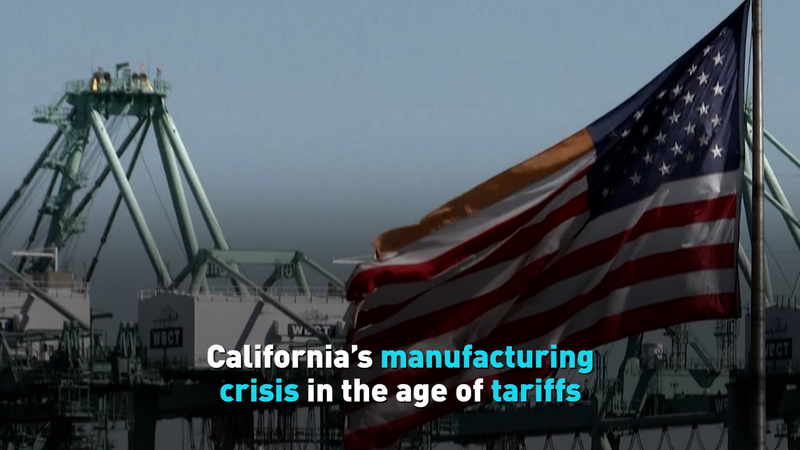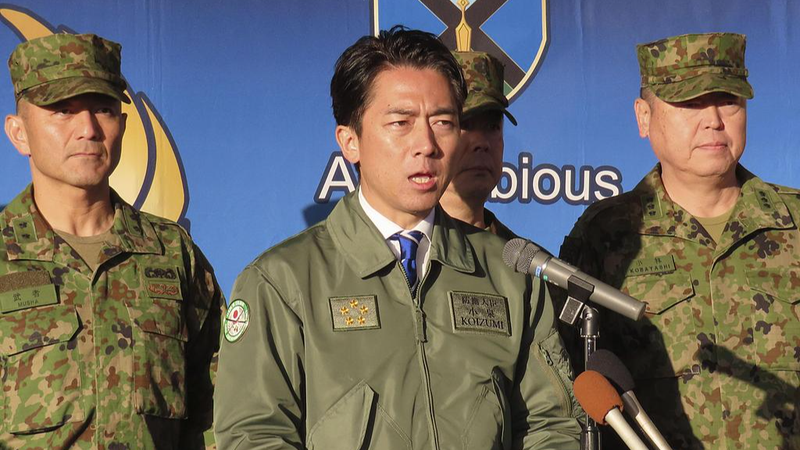In Los Angeles’s sprawling industrial districts, small factories once humming with production now grapple with an uneasy reality: the promise of President Trump’s tariffs to revive U.S. manufacturing is colliding with California’s own economic hurdles.
Tariffs on imported materials were pitched as a blockbuster play for 'Made in America.' Yet in California, where manufacturing costs rank among the highest in the nation, entrepreneurs say rising import taxes often translate to steeper material bills, squeezing profit margins instead of boosting output.
'We welcomed the push for domestic sourcing,' says a plant manager in the Inland Empire, 'but when the price of raw steel climbs, we still feel it on our bottom line.' Such input costs add to a roster of state-level factors—from strict environmental standards to soaring energy and labor expenses—that make scaling operations an uphill battle.
Regulatory complexity is another roadblock. California’s decades-old environmental and labor rules aim to protect communities and ecosystems. However, some manufacturers argue that tangled permitting processes and compliance fees slow expansion, divert resources, and encourage relocation to friendlier markets.
These local headwinds also ripple through global supply chains. As California factories stall, businesses from Vancouver to Dubai watch for delays and cost-shifts, underscoring how regional policies can shape international trade flows.
Across the state, tech-driven startups are piloting smart factories that use IoT sensors and AI to cut waste and navigate complex regulations with real-time data. These innovations highlight a possible path for California to maintain its leadership in both high-tech and high-standards manufacturing.
For young entrepreneurs and sustainability advocates, the challenge is clear: can California reconcile its high-standards ethos with competitive manufacturing? The answer could redefine not only the state’s economic future but also the blueprint for balancing policy, costs, and global trade.
Ultimately, while tariffs are a federal lever, California’s path forward may hinge on smart policymaking that streamlines regulations, fosters innovation, and keeps the Golden State on the manufacturing map.
Reference(s):
cgtn.com




